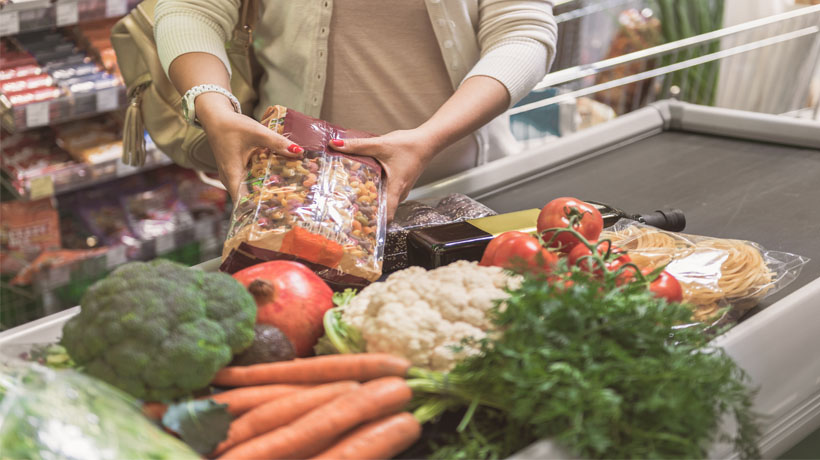Estrogen is an essential hormone in multiple processes, including pregnancy, growth and development. Although men produce small amounts, estrogen is best known as a female hormone because it’s primarily produced in the ovaries and gives women their feminine characteristics (think: breasts and menstruation).
Despite its crucial roles, having too much estrogen in your body is not a good thing. In fact, excessive levels of estrogen can lead to a host of unpleasant symptoms and serious medical conditions.
High levels of estrogen in the system are toxic and can lead to a condition called estrogen dominance. Since estrogen promotes growth, elevated levels have been linked to the development of cancerous tumors, especially in the breasts and the ovaries. Other health problems include endometriosis, polycystic ovaries, hypothyroidism, chronic fatigue, bloating and digestive issues, infertility, depression and various autoimmune issues.
Our modern environment is filled with estrogen. One major factor to blame is our food supply: Foods high in estrogen can destroy the delicate hormone balance in our bodies, and they’re everywhere. Here’s a list of foods rich in estrogen that we would recommend avoiding or consuming in moderation.
Animal products (meat, dairy, eggs, fish)
The problem with many animal products today is that they’re pumped with hormones that either contain or have residues of estrogen. If the products you’re eating came from animals injected with estrogen, you’ll directly absorb that estrogen, too. On top of that, the animals’ feeds are commonly sprayed with pesticides, which is estrogenic. When at the supermarket, look for products from animals that were raised without hormones or fed pesticide-free foods.
Non-organic produce
Much of our modern produce is sprayed with the same pesticides that are sprayed on the animal feeds we were just talking about. When you walk through your average grocery store, most of the non-organic produce on the shelves contain high levels of pesticides. When possible, opt for organic fruits and vegetables—it’s worth the splurge.
Soy products
Soy products contain isoflavones, which have similar molecular structures to those of estrogen and create the same problems for your body. On top of that, the U.S. Department of Agriculture reports that more than 94 percent of the soy grown in America is genetically modified (GMO), which means that most crops are sprayed with pesticides that shoot the levels of estrogen in soy products up even higher.
Unfiltered water
There is a surprisingly high amount of estrogen in the average tap water supply. That’s just one of many reasons why, when possible, drinking filtered water is so important.
Foods and beverages in plastic containers
Most plastics contain a chemical called BPA that behaves like estrogen. When exposed to heat, BPA can find its way into your food and drinks, and can then be absorbed into your bloodstream as you consume it.
To sum up, organic, non-GMO, pesticide-free, and hormone-free foods are your best food options, whenever it’s possible to find them.
Sources:
https://yurielkaim.com/foods-rich-in-estrogen/
https://www.healthysimplelife.com/8-ways-to-minimize-toxic-estrogen-exposure/



